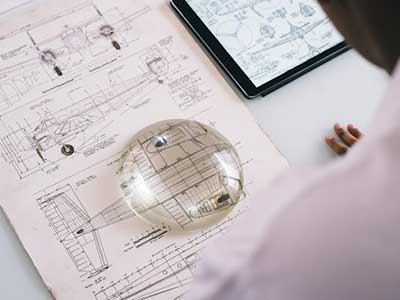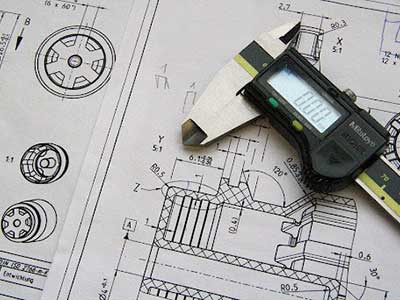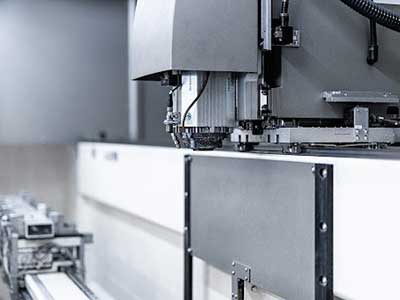 Most people will have differing ideas about what makes a design “good” or “bad” since some aspects of designing a product can be as much an art as a science. However there are some measures you can use to help you see if your design can be considered good.
Most people will have differing ideas about what makes a design “good” or “bad” since some aspects of designing a product can be as much an art as a science. However there are some measures you can use to help you see if your design can be considered good.
Usefulness
One of the best indicators of a good product design is how useful it is. Does your product solve a problem that people will pay money for? If you can’t identify what problem your product fixes then you should at least be able to tell what experience your product is intended to create for its customers. If your product doesn’t solve a worthwhile problem people care about or create a memorable experience, it’s not likely to succeed.
Easy to Use

In today’s age, most people don’t want to have to do a ton of reading or experimenting in order to learn how to use a product. Most people don’t like reading manuals and probably couldn’t even tell you when the last time they did read one was.Customers that feel like they can’t figure out how to work your product are going to assume that it’s a flaw of the design or it’s just too overcomplicated. It’s at the point now where 95% of all gadget returns are due to reasons unrelated to product defects. Only 27% is due to buyer’s remorse; the rest is from people who thought that there was a flaw in the design but in reality the gadget was working as intended.
Unless you want to go through the hassle of working through customer returns for similar reasons, which costs time and money to diagnose if there was actually a problem, then refund or replace the part and repackage the part if there was nothing wrong with it, as well as deal with the fallout of bad reviews, your design and the instructions to use it should be easy to understand.
If your product requires a manual or instructions on how to use it, then make sure it has plenty of clear pictures and that the text is easy to understand and isn’t filled with technical jargon that people would have to look up in a dictionary if possible. If you have a website, YouTube page, or other social media page that people can look up and watch videos on how to use your product, that can also help people learn without getting as easily frustrated.
Novel

Your product should have something unique to it that distinguishes it from the competition. If there is nothing special about your design, then you’ll be stuck with just clever branding and advertising to sell your product. Since the average consumer is bombarded with around 4,000-10,000 advertisements per day, it can be very difficult to break through all that noise. A unique feature about your product will help draw your customers to your product and give them something to connect to.
Products that are distinct will help customers feel distinct when they buy and help build a loyal customer base.
Durable
Products that will make your customers happy will be long lasting. They shouldn’t break the first time they are used or worse, break during shipping. Your product should be able to endure the stresses that similar products are able to without falling apart. Sometimes products will have components that need to be replaced but the longer your design will last, the more satisfied your customers will be.
Manufacturability

How easy a part is to make will be one of the more obvious indicators of if your part is ready to move forward or if you need to go back to the drawing board with your engineer. Most engineers can make a great looking design but if factories can’t produce the design due to limitations of modern manufacturing then it won’t be worth much. This is where the design for manufacturing (DFM) principle really makes a difference. Design for manufacturing is when an engineer designs a part to be made more cost effectively and easily.
Some manufacturing methods are more expensive to use than others. For example, CNC machining tends to be more expensive than injection molding, so it is better if your engineer designs a product intended for a specific manufacturing method.
The tolerances of a part also need to be properly balanced. A tolerance is a standard that will determine whether a dimension of a part is acceptable or unacceptable. If the tolerances are too tight, then the parts will be more expensive to make then necessary, but if they are too loose than the parts may not fit properly together.

The material also will make a difference. You’ll want to use a material that can perform the function needed but that also isn’t a much higher grade material than necessary. For example, you wouldn’t want to use titanium where aluminum would work just as well. Titanium is not only more expensive than aluminum in regards to raw material costs, it’s also harder to work with due to its properties.
All engineers can design a product, but not as many can make a design that is cost effective to manufacture, simple to use, and keeps your unique ideas. If you are looking for an engineering team that can take your design to the next level, contact us.
